NeuroAI
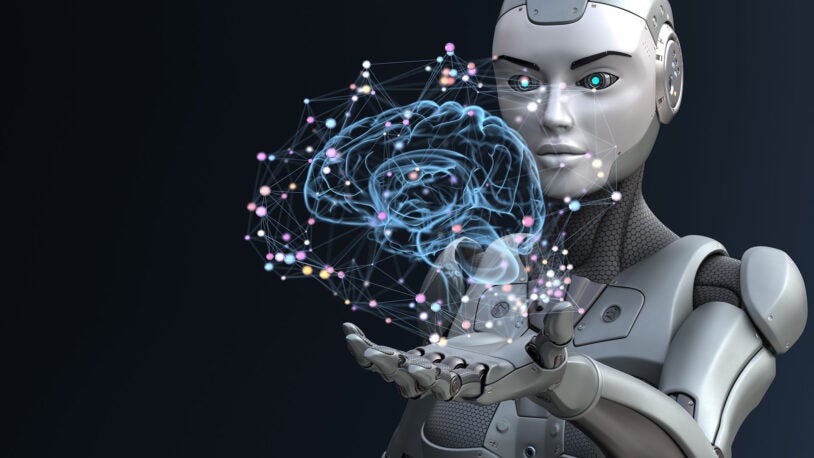 Insights from neuroscience to catalyze the development of next-generation Artificial Intelligence
Insights from neuroscience to catalyze the development of next-generation Artificial Intelligence
The goal of CSHL’s NeuroAI program is to use insights from neuroscience to catalyze the development of next-generation artificial intelligence.
CSHL invites visiting faculty in modern AI and machine learning for long-term onsite interactions between neuroscientists and researchers in AI/ML.
NAISys
Cold Spring Harbor Laboratory hosts an annual conference at the intersection of neuroscience and artificial intelligence, NAISys—From Neuroscience to Artificially Intelligent Systems.
This meeting brings together researchers at the intersection of AI and neuroscience, and to identify insights from neuroscience that can help catalyze the development of next-generation artificial systems.
NeuroAI Summer Research Intern
We are seeking outstanding undergraduate and graduate students to spend the summer as NeuroAI Research Interns, part of our innovative NeuroAI Program at the intersection of neuroscience and artificial intelligence. During the internship, you will work alongside mentors and peers in the NeuroAI Program to pursue a research project where you design, implement, and evaluate novel models/agents.
Apply Now for the NeuroAI Research Intern
We have entered a golden age of artificial intelligence research, driven mainly by the tremendous advances in ANNs over the last decade or so. Applications of these techniques—to machine vision, speech recognition, autonomous vehicles, machine translation and many other domains—are coming so quickly that many observers—especially those outside the field—predict that the long-elusive goal of “Artificial General Intelligence” (AGI) is within our grasp. But in contrast to the widespread popular enthusiasm, many researchers within the AI field believe that major new discoveries are needed before we can hope to achieve AGI. Although ANNs can crush human opponents in games such as chess and Go, along most dimensions—language, reasoning, common sense—they cannot approach the cognitive capabilities of a four-year old. Even more striking is that ANNs remain even further from approaching the abilities of simple animals. Many of the most basic behaviors—behaviors that seem effortless to even simple animals—turn out to be deceptively challenging and out of reach for AI. We cannot build a machine capable of building a nest, or stalking prey, or loading a dishwasher. In many ways, AI is far from achieving the intelligence of a dog or a mouse, or even of a spider, and there is a growing skepticism that merely scaling up current approaches will match even murine, much less human, intelligence.
We hypothesize that neuroscience may provide the foundation for the next revolution in AI. ANNs have drawn inspiration from neuroscience since their very inception. Indeed, ANNs were originally invented as simple models of the nervous system—a fact evident in their name. Many subsequent advances in AI were also inspired by neuroscience. For example, Yann Lecun’s invention of convolutional neural networks (CNNs)—one of the key advances in AI over the last three decades—was explicitly inspired by consideration of the Hubel and Wiesel model of the visual cortex. Similarly, the rise of reinforcement learning algorithms, such as those that gave rise to the Go champion AlphaGo, were inspired by our growing understanding of the neural mechanisms of reinforcement learning in animals. The core hypothesis motivating this program is that neuroscience will continue to provide a crucial source of inspiration for future developments in AI, but that progress will require training a cadre of young scientists fluent in both AI and neuroscience.
A vibrant Neuroscience community at CSHL
Throughout the year, CSHL’s neuroscience community is provided with countless opportunities to learn, share and discuss their ideas and research through conferences, courses, weekly in-houses, guest-seminars and journal clubs.
Every week the neuroscience community gathers over lunch to hear details of the latest experiments being performed by their colleagues. These “in-house seminars” provide the opportunity for every scientist in the group to know what every colleague is working on. They learn from one another, offer critiques, and discuss new ideas. Casual suggestions can lead to collaborations and important innovations.
Scientists from other fields, such as the quantitive biology, cancer and genomics departments often attend the in-house seminars, allowing for exchange of ideas and mutual fertilization. Likewise, our neuroscientists are encouraged to attend the in-house seminars of the other departments to learn about research going on in other areas and encourage collaborations.
Faculty, postdocs and students are encouraged to invite leading scientists from institutions around the world to present their research to the neuroscience community during the “Monday neuro seminar series.” Over the course of the academic year, neuroscientists hear from experts in their fields about exciting results and new techniques being developed in their labs. Trainees also enjoy the opportunity to meet with the invited speakers over lunch at Blackford Bar, where they can ask more questions and delve into deeper conversations in an intimate and informal environment.
CSHL Meetings & Courses
Each year CSHL organizes 25 scientific conferences, 20 Banbury Center meetings and 30 advanced technical science courses, with organizers, instructors and participants from all over the world. CSHL’s meetings and courses are attended by over 10,000 people, attracting the best and brightest in biomedical research, from graduate students to Nobel laureates.
More Neuroscience meetings
- Neurobiology of Drosophila
- Zebrafish neural circuits and behavior
- Development and 3D modeling of the human brain
- Neuronal circuits
- From neuroscience to artificially intelligent systems
- Glia in health and disease
- Molecular mechanisms of neuronal connectivity
- Mechanisms of aging
- Neurodegenerative diseases: biology & therapeutics
- Wiring the brain
See the full meetings program.
Courses
- Imaging Structure & Function in the Nervous System
- Ion channels in synaptic and neural circuit physiology
- Workshop on schizophrenia and related disorders
- Advanced techniques in molecular neuroscience
- Drosophila neurobiology: genes, circuits & behavior
- Computational neuroscience: vision
- Genetics and neurobiology of language
- Brain tumors
- Neuroscience of addiction
- Neural data science
Dr. Yoshua Bengio, Professor, Computer Science at Université de Montréal
Dr. Kwabena Boahen, Professor of Bioengineering and Electrical Engineer, Stanford University
Dr. Matthew Botvinick, Director, Neuroscience at Deepmind
Dr. Chelsea Finn, Assistant Professor, Computer Science and Electrical Engineering, Stanford University
Dr. Raia Hadsell, Director, Robotics at DeepMind
Jeff Hawkins, Co-Founder & Chief Scientists, Numenta
Dr. Christof Koch, Chief Scientist, MindScope Program at the Allen Institute
Dr. Yann LeCun, Facebook AI Research & New York University
Dr. Doina Precup, Associate Professor, McGill University, Research Team Lead at DeepMind
Dr. Terrence Sejnowski, Professor, Computational Neurobiology & Francis Crick Chair, Salk Institute
Dr. Eero Simoncelli, Professor, New York University
Dr. Doris Tsao, Professor, Neuroscience at California Institute of Technology
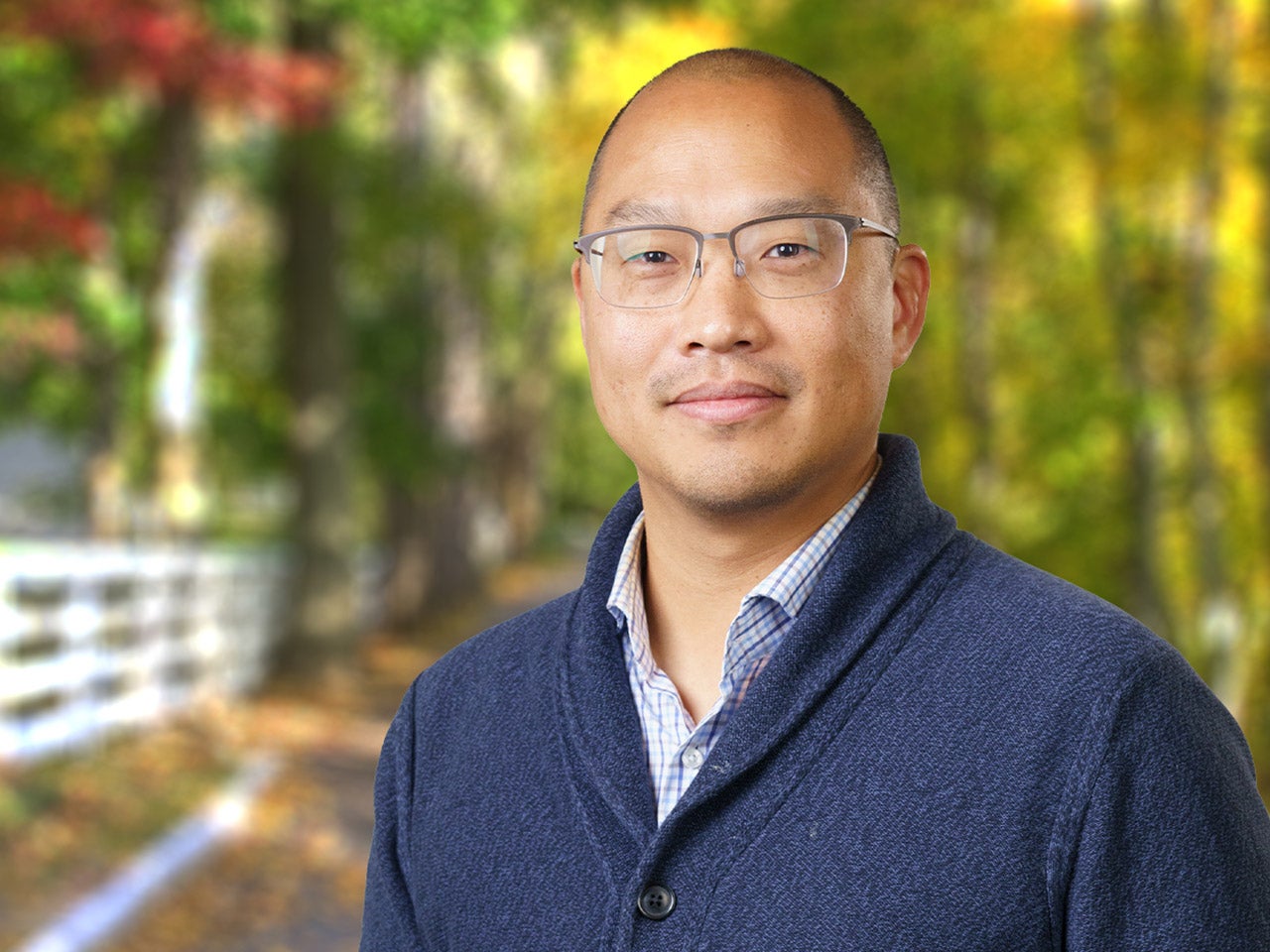
Peter Koo
Quantitative Biology
Deep learning has the potential to make a significant impact in biology and healthcare, but a major challenge is understanding the reasons behind their predictions. My research develops methods to interpret this powerful class of black box models, with a goal of elucidating data-driven insights into the underlying mechanisms of sequence-function relationships.
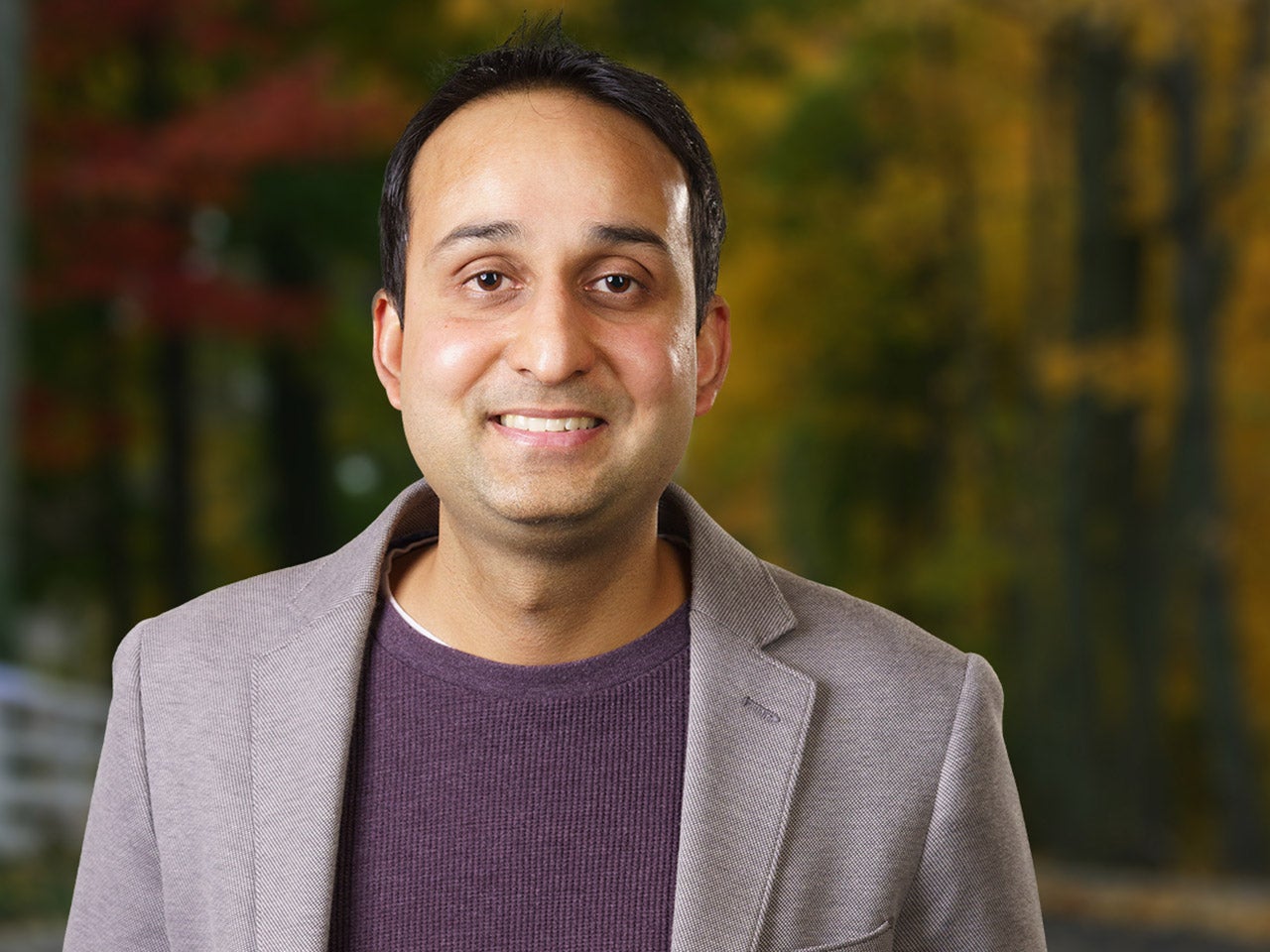
Saket Navlakha
Quantitative Biology
Biological systems must solve problems to survive, and their solutions can be viewed as “algorithms.” Our goal is to uncover these algorithms, translate them to improve computer science, and use them to spark new hypotheses about biological function and dysfunction.
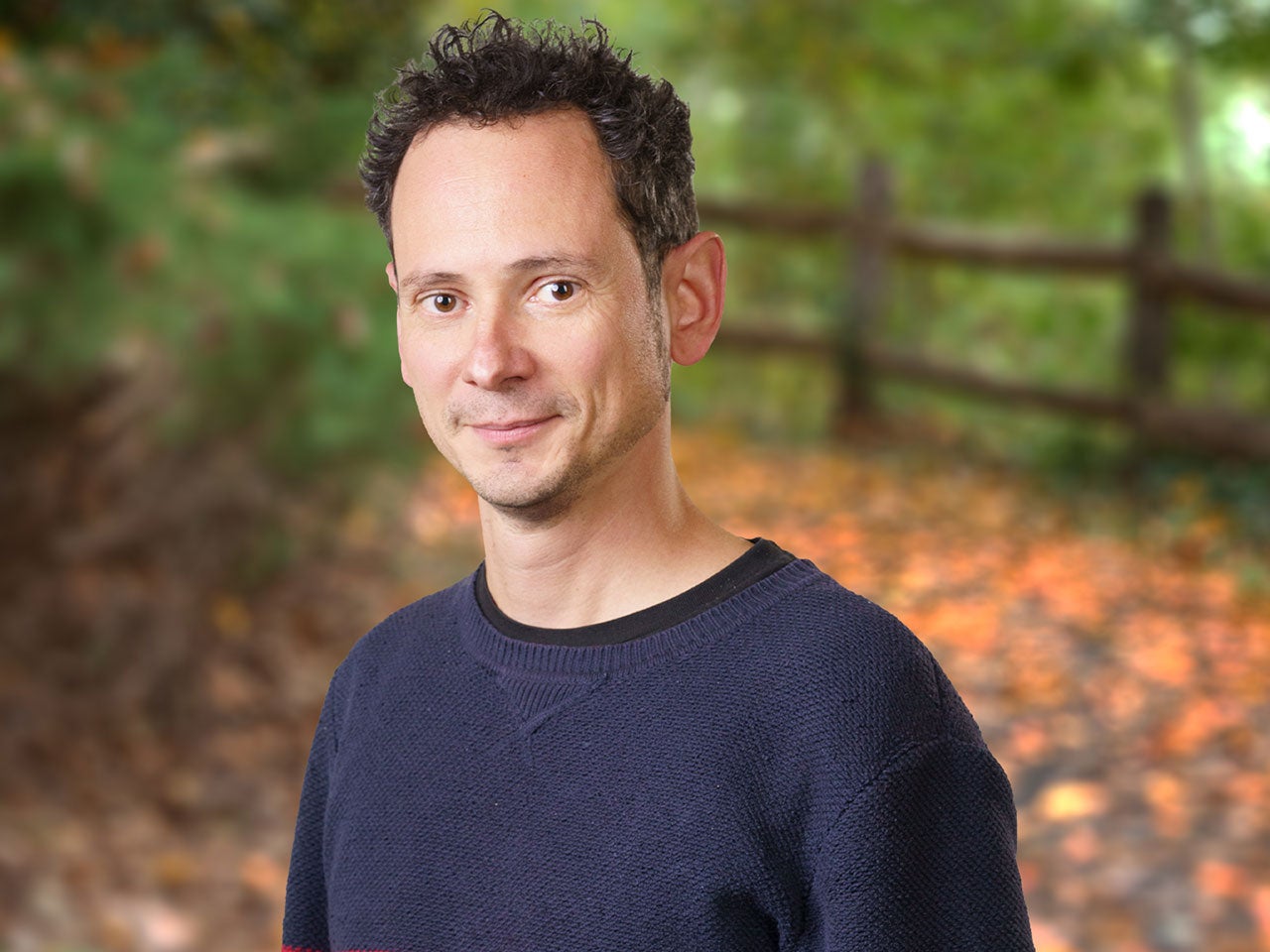
Dinu Florin Albeanu
Neuroscience
How does the brain encode stimuli from the outside world to give rise to perceptions? What does a smell look like in the brain? The focus of my group is to understand how neural circuits compute sensory-motor transformations across different contexts, senses, and brain states to generate meaningful behaviors.
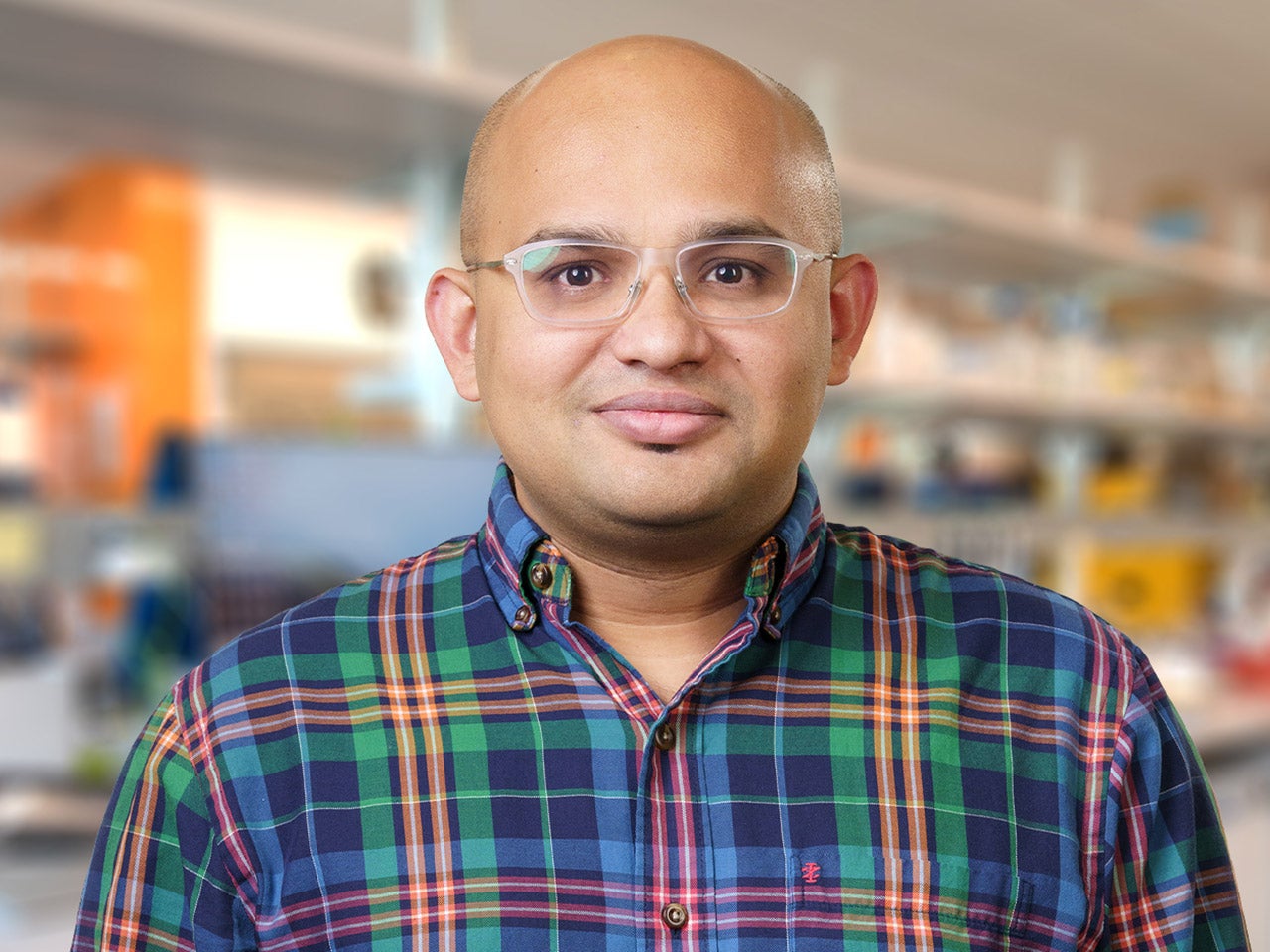
Arkarup Banerjee
Neuroscience
During a conversation, our brain must interpret what we hear and control our vocal response. How does the brain transform these auditory sensations into action? My laboratory uses singing mice as a model system to investigate the neural circuits in the brain that underlie vocal communication in mammals.
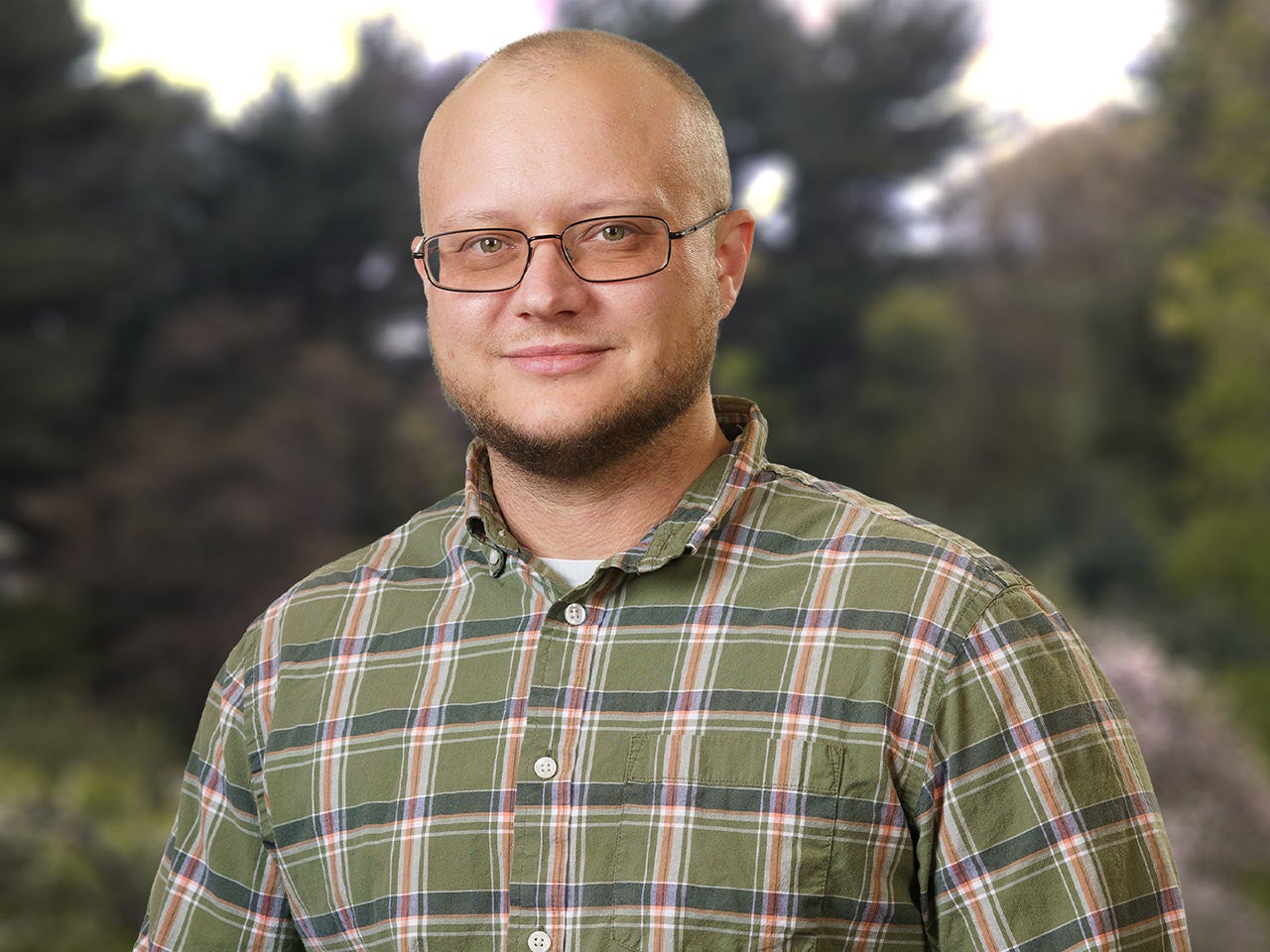
Lucas Cheadle
Neuroscience
The trillions of connections between brain cells enable complex thought and behavior. These connections are wired with great precision through both genetics and in response to an organism’s experiences. Our lab seeks to understand how experiences engage specialized immune cells called microglia to shape the connectivity and function of the brain. We are further interested in how impairments in these processes can contribute to neurodevelopmental disorders such as autism.
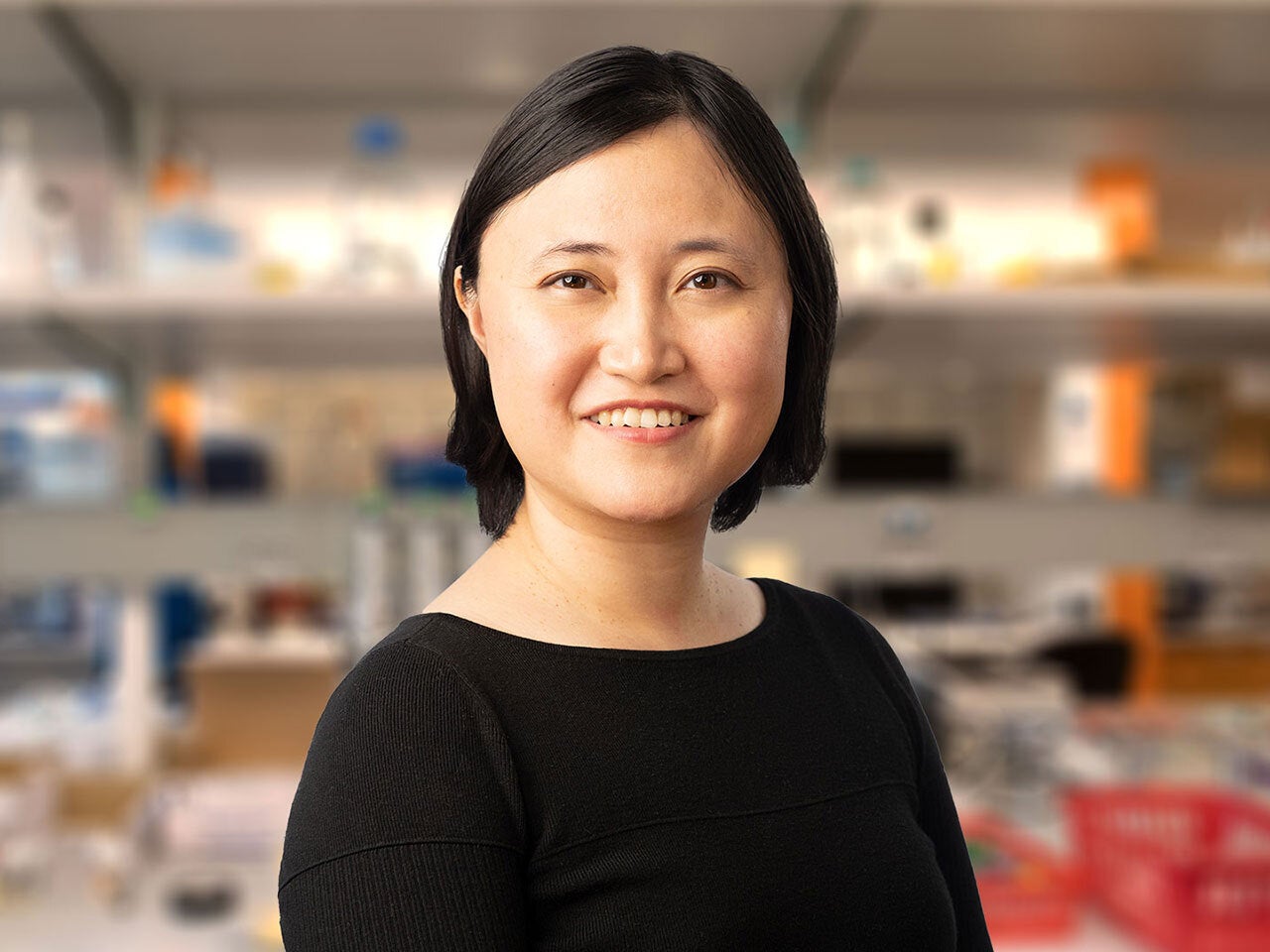
Helen Hou
Neuroscience
The brain-body interaction is a two-sided coin: The brain can control movement of the body to fulfill behaviors, and behavior itself can affect brain function. We study how the brain orchestrates motor and physiological control in natural and innate behaviors, focusing on facial expression.
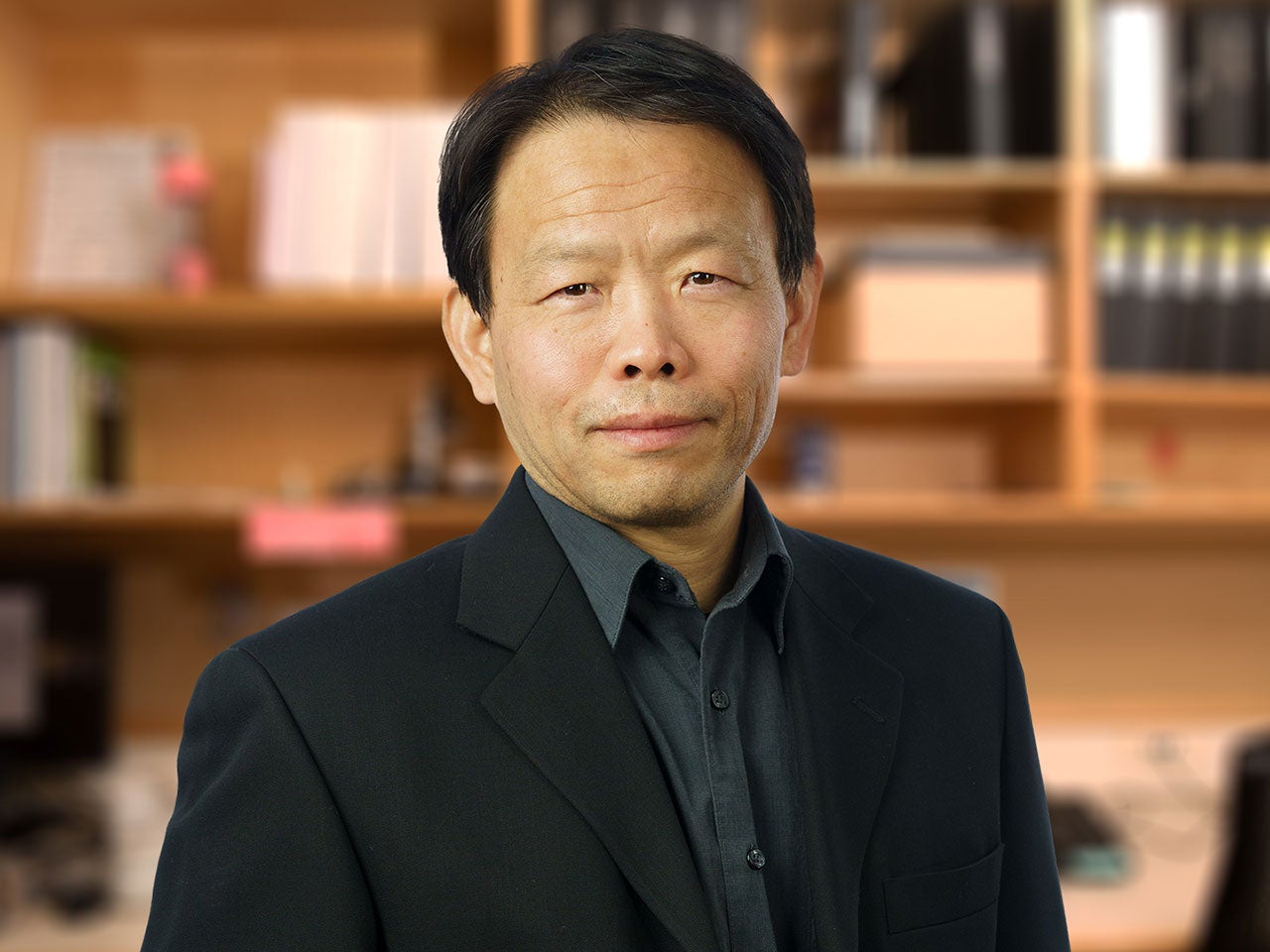
Bo Li
Neuroscience
My group studies the neural circuits underlying cognitive function and dysfunction as they relate to anxiety, depression, schizophrenia and autism. We use sophisticated technologies to manipulate specific neural circuits in the rodent brain to determine their role in behavior. We are interested in changes in synaptic strength that may underlie mental disorders.
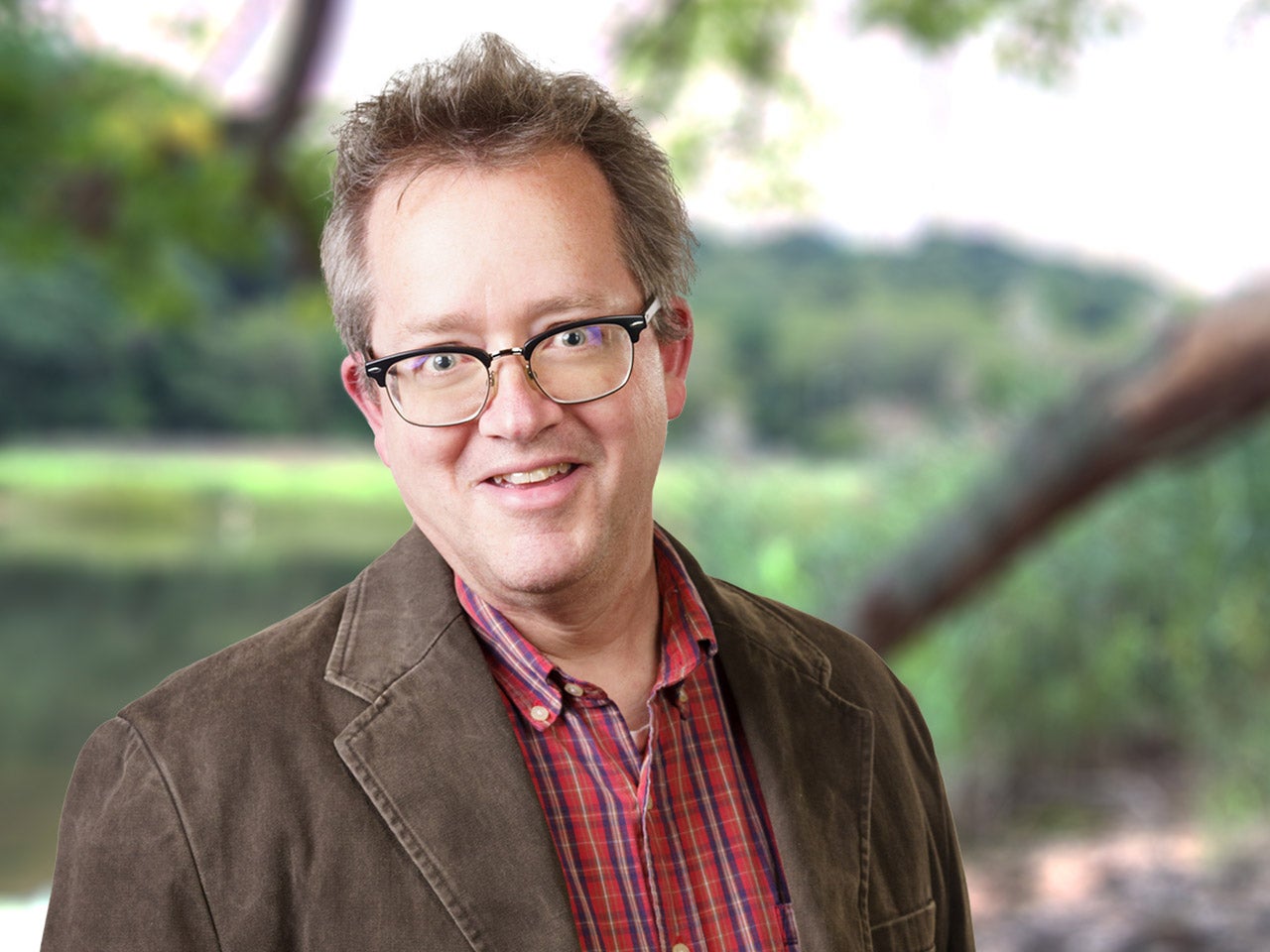
Stephen Shea
Neuroscience
When confronted with another individual, social animals use multiple sensory inputs smells, sounds, sights, tastes, touches to choose an appropriate behavioral response. My group studies how specific brain circuits support these natural communication behaviors and how disruptions in these circuits can lead to inappropriate use of social information, as in Autism Spectrum Disorders.
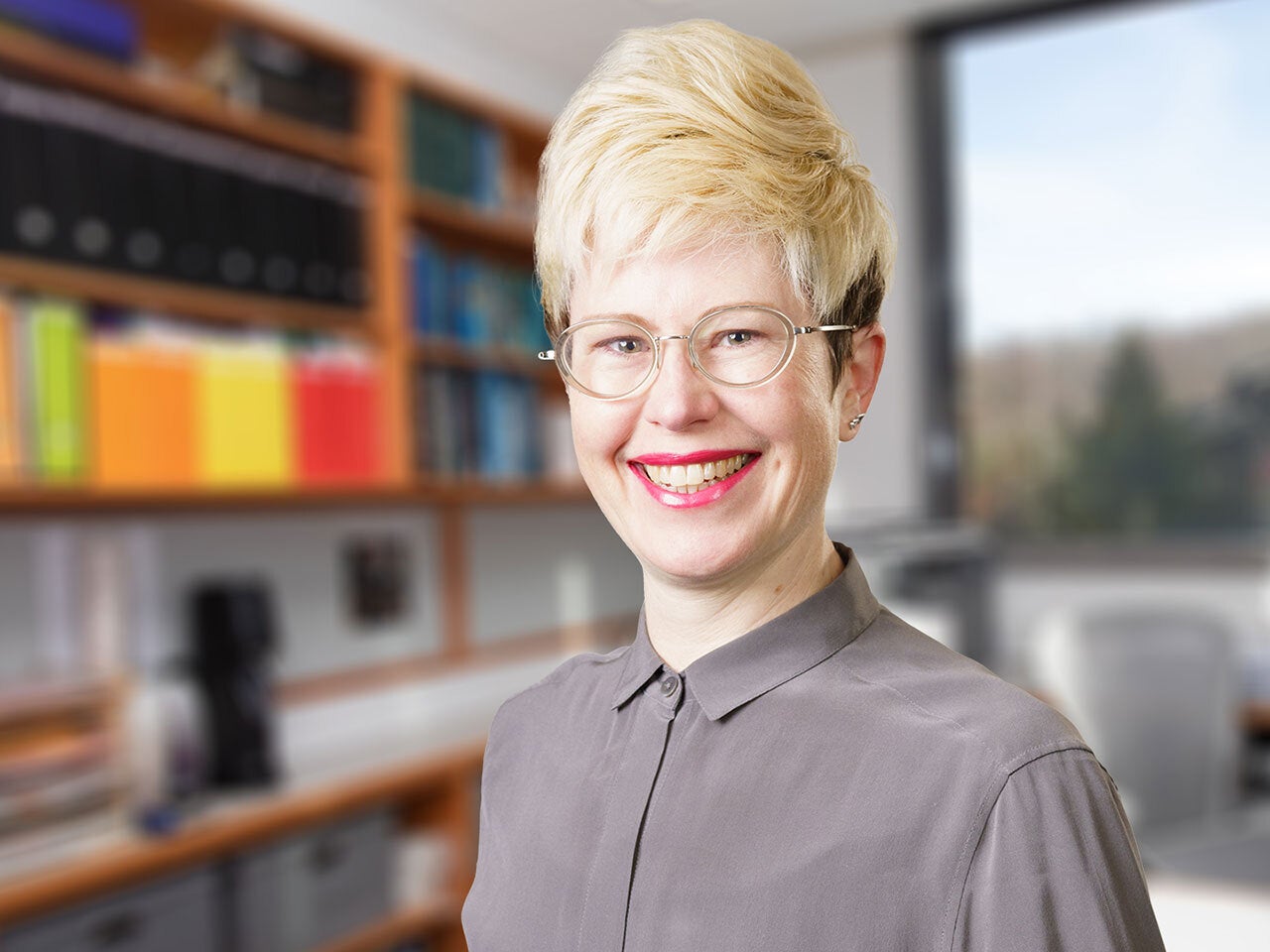
Jessica Tollkuhn
Neuroscience
I am interested in how transient events during development program neurons to take on a specific identity and function. More specifically, I am studying how estrogen and testosterone generate sex differences in the brain and behavior.
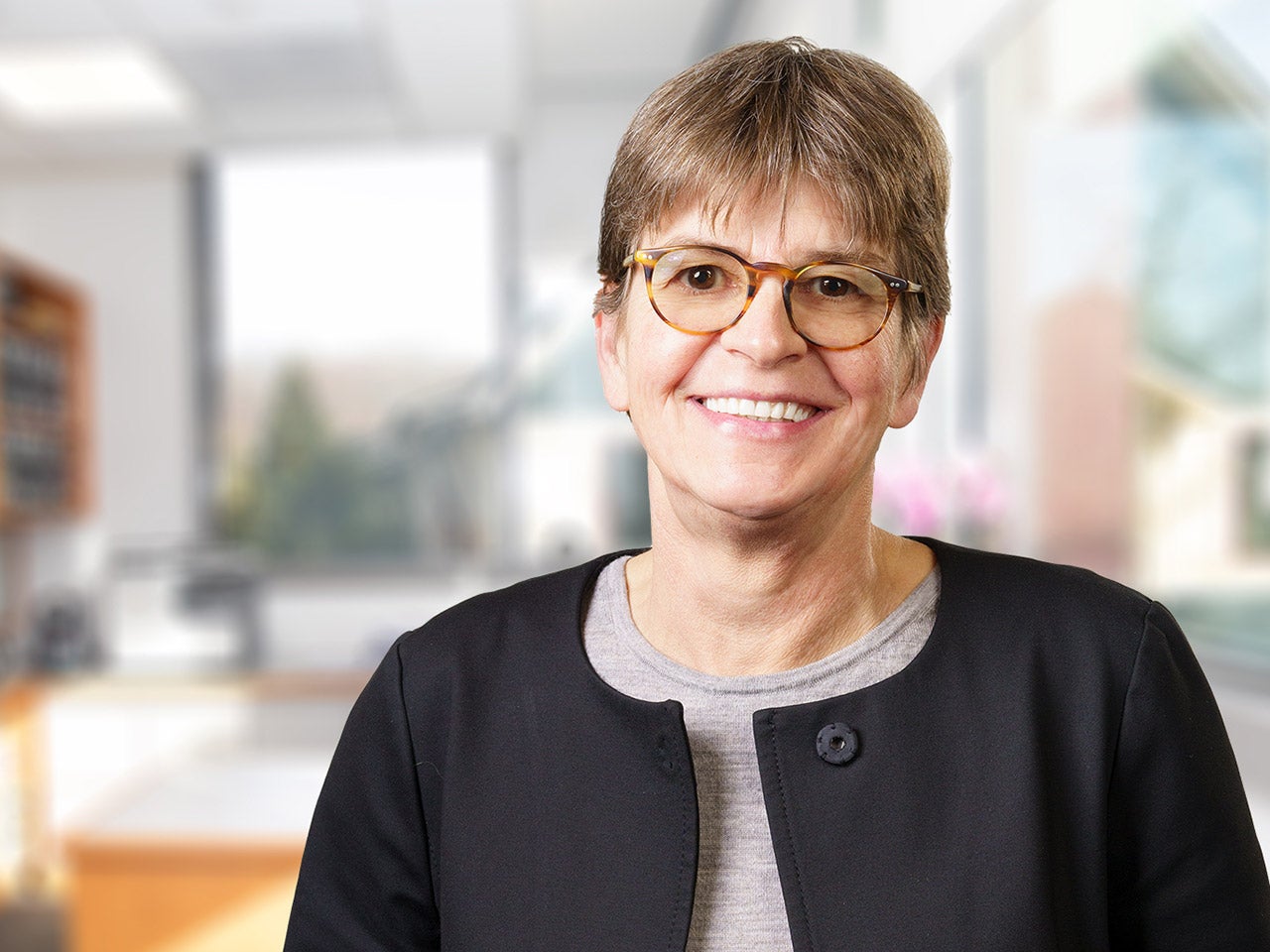
Linda Van Aelst
Neuroscience
Normal cell function relies on coordinated communication between all the different parts of the cell. These communication signals control what a cell does, what shape it takes, and how it interacts with other cells. I study these signaling networks to understand how they guard against cancer and neurological disorders.

Helen Hou
The brain-body interaction is a two-sided coin: The brain can control movement of the body to fulfill behaviors, and behavior itself can affect brain function. We study how the brain orchestrates motor and physiological control in natural and innate behaviors, focusing on facial expression.
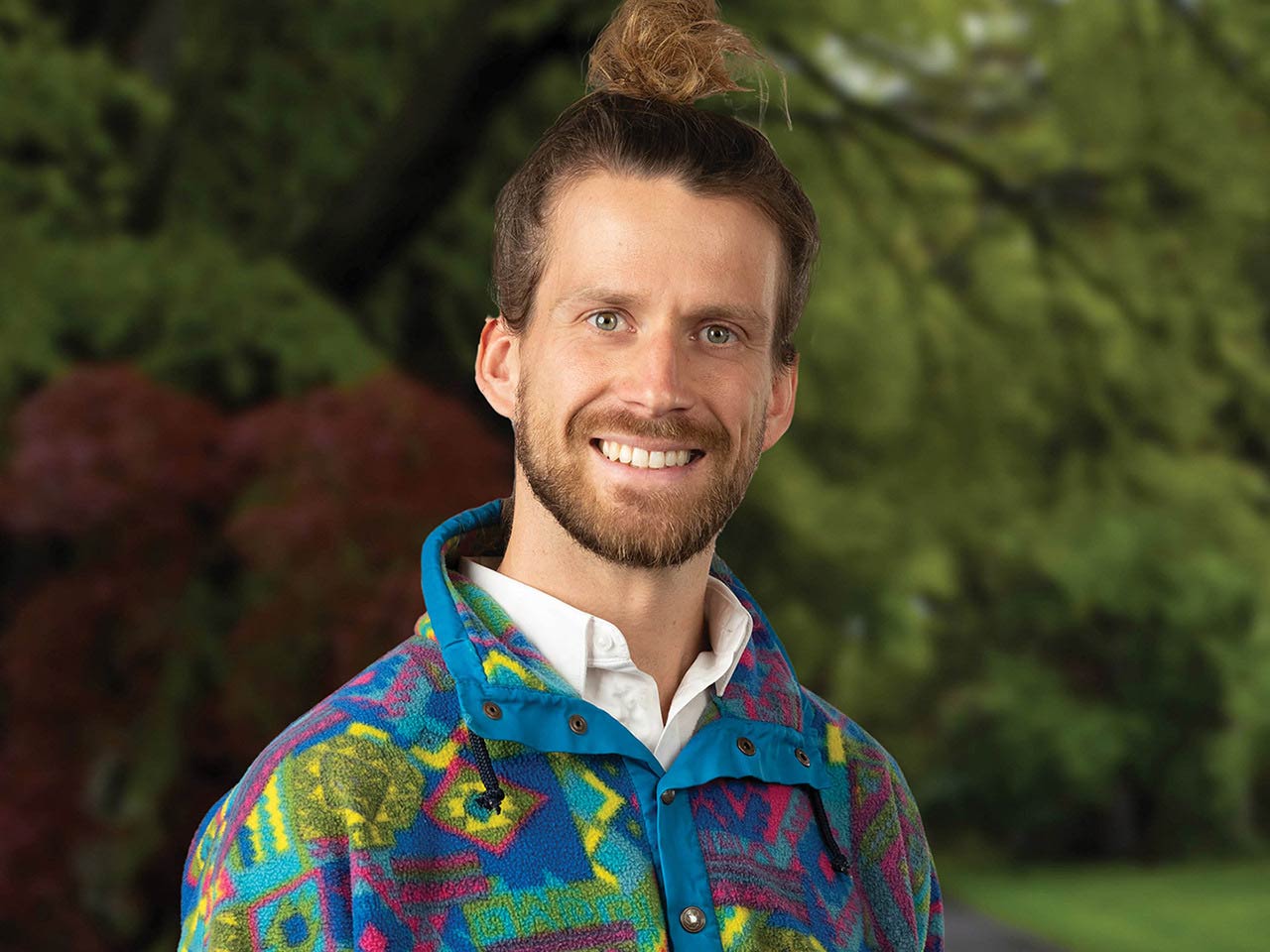
David Klindt
Our research explores how biological systems, such as the brain, learn from sensory data and generalize knowledge to new situations, inspiring the development of more robust artificial intelligence models. By investigating neural representations and leveraging expertise in computational neuroscience and AI, we aim to uncover groundbreaking insights at the intersection of biology and technology.
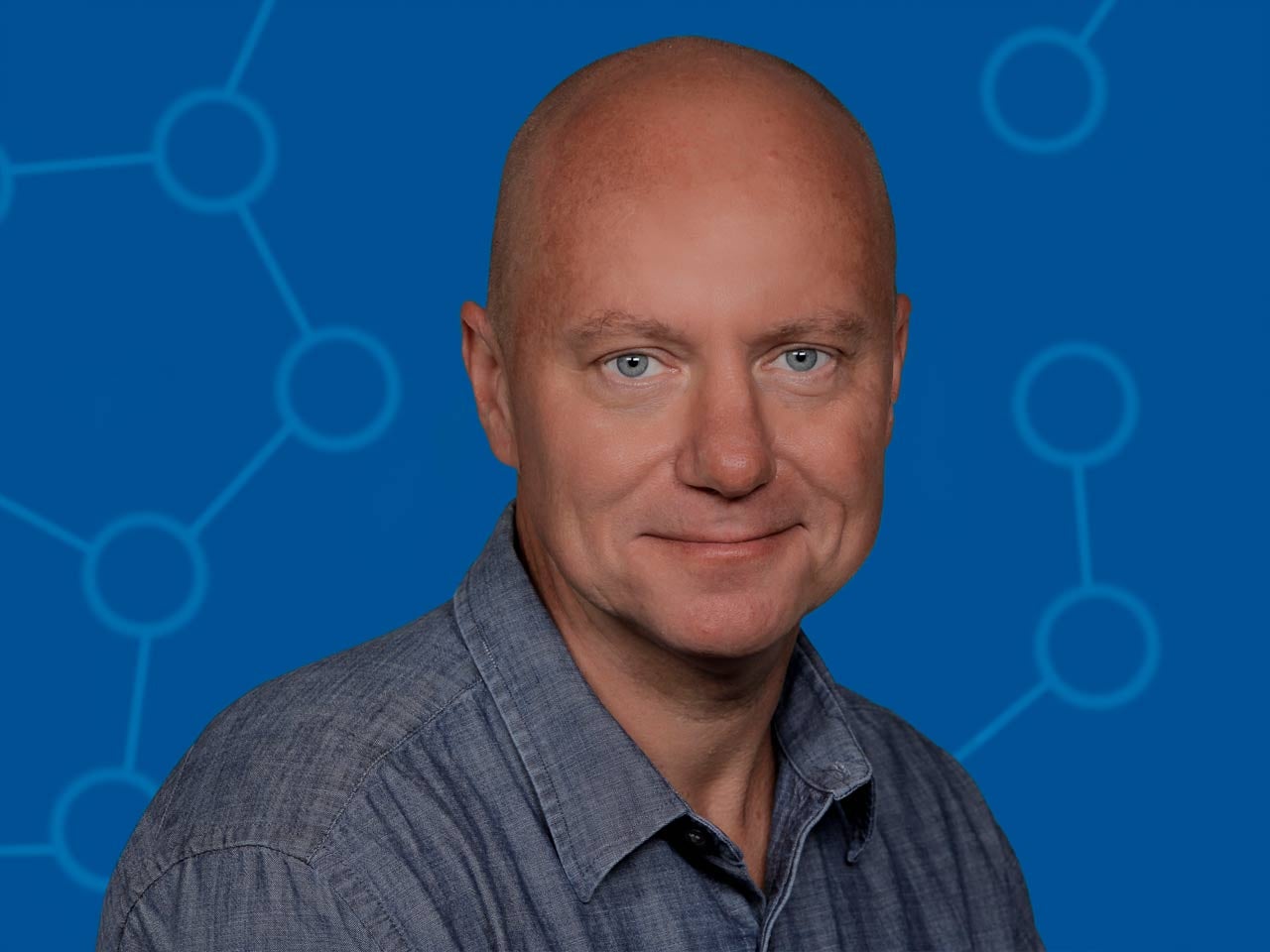
Alexei Koulakov
The complexity of the mammalian brain challenges our ability to explain it. My group applies methods from mathematics and theoretical physics to understand the brain. We are generating novel ideas about neural computation and brain development, including how neurons process information, how brain networks assemble during development, and how brain architecture evolved to facilitate its function.
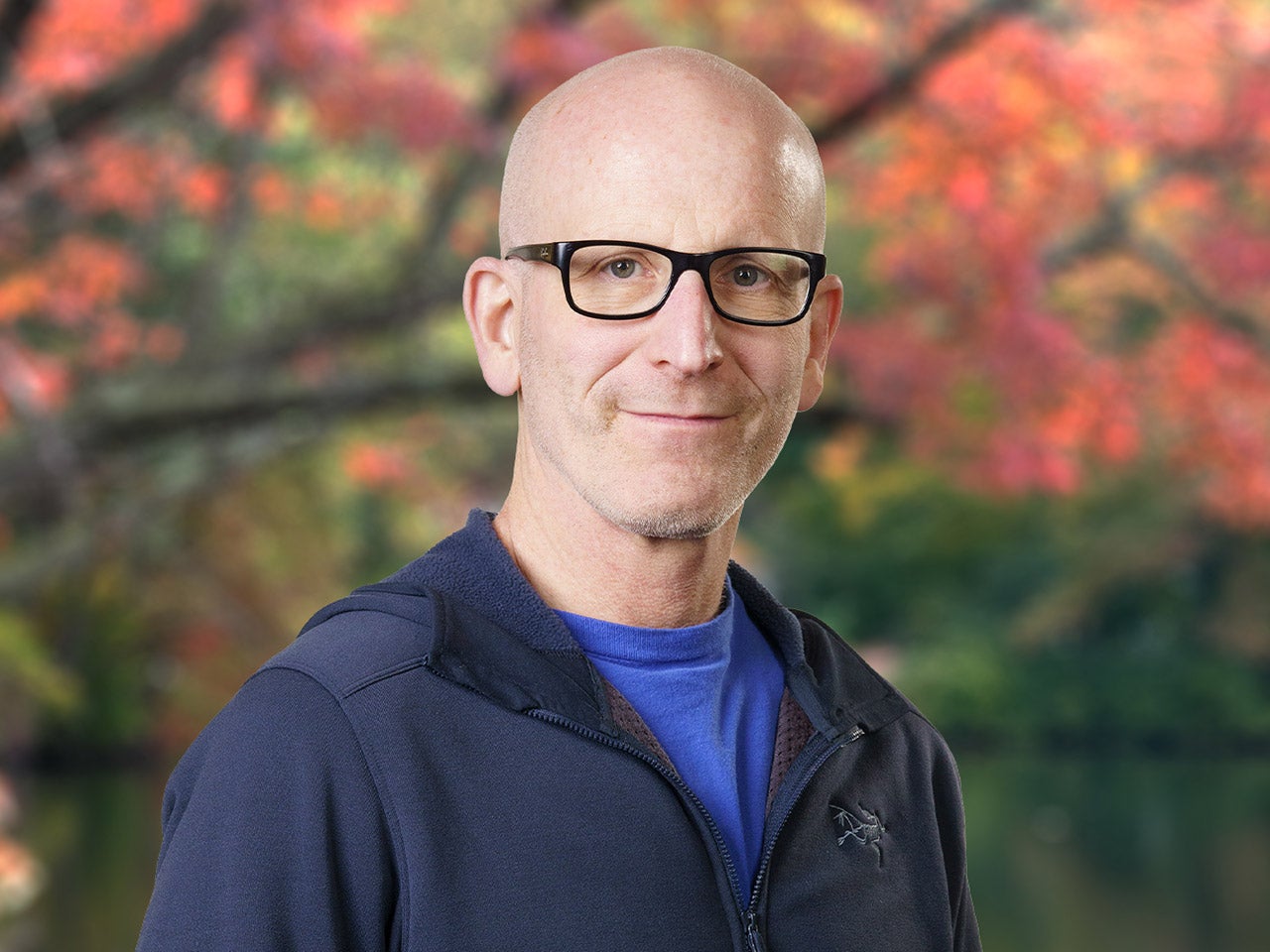
Anthony Zador
My lab studies how circuitry in the brain gives rise to complex behaviors, one of nature’s great mysteries. We study how the auditory cortex processes sound, and how this is interrupted in autism. We also seek to obtain a wiring diagram of the mouse brain at the resolution of individual neurons. Our unusual approach exploits cheap and rapid “next-gen” gene sequencing technology.